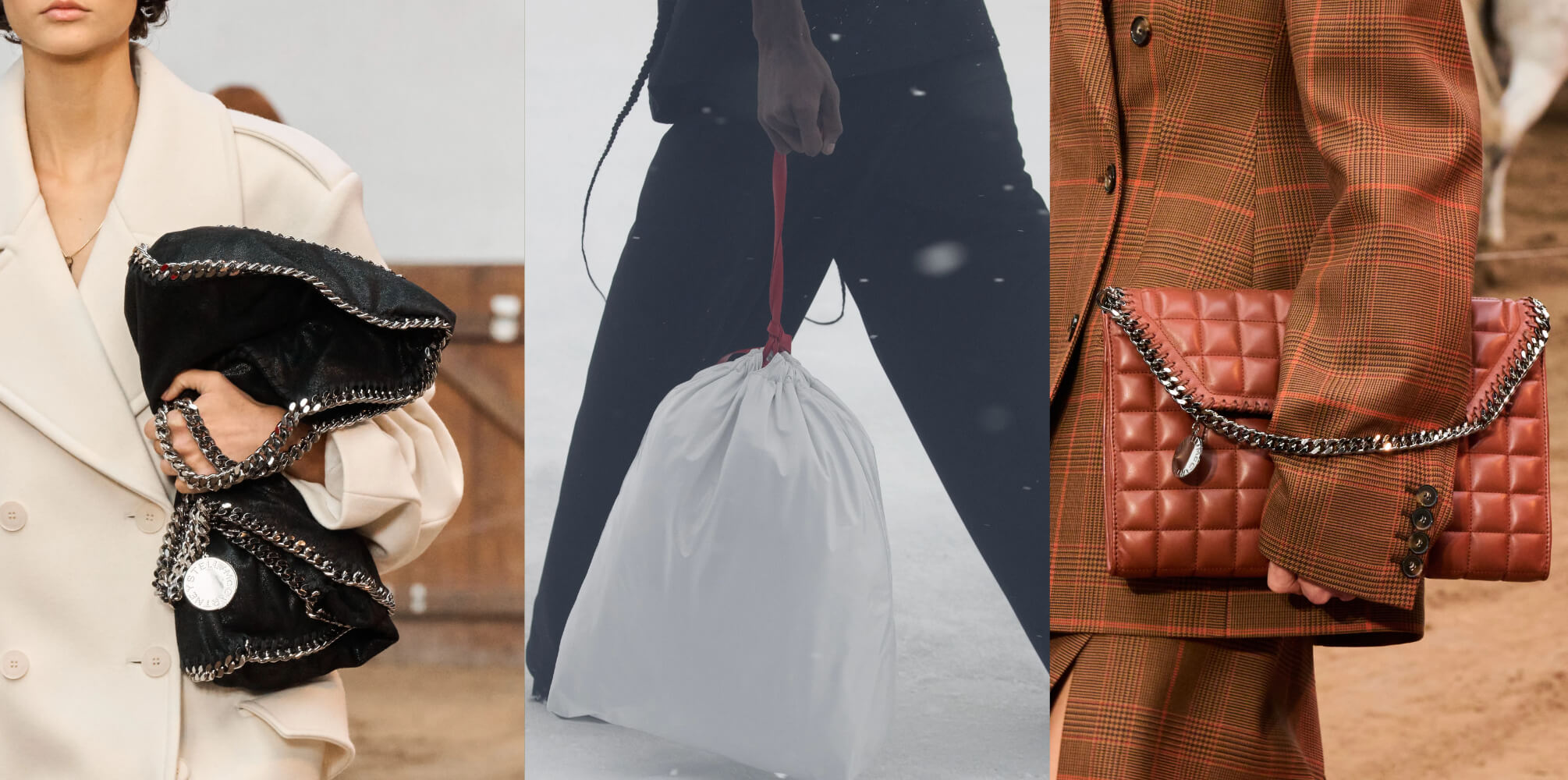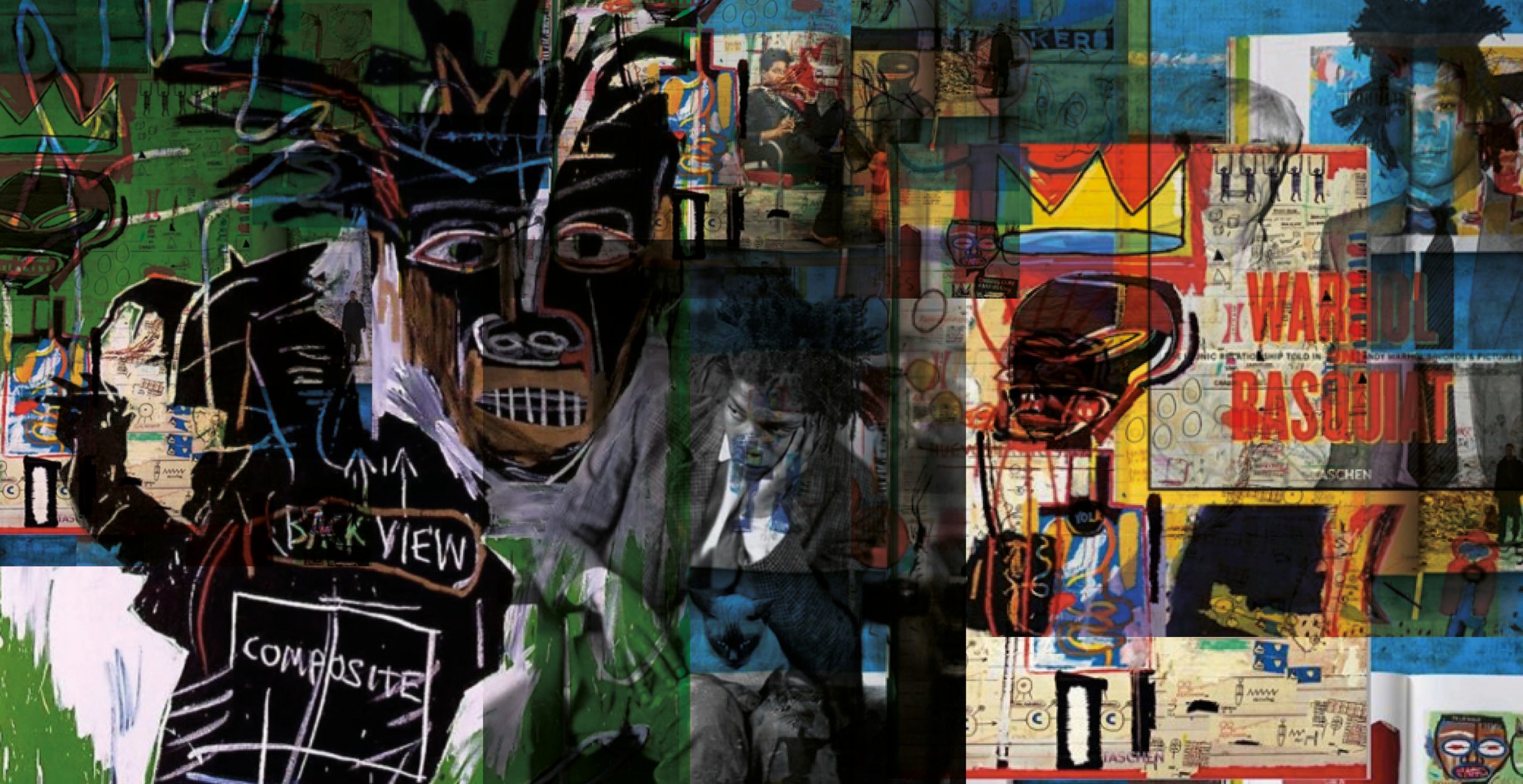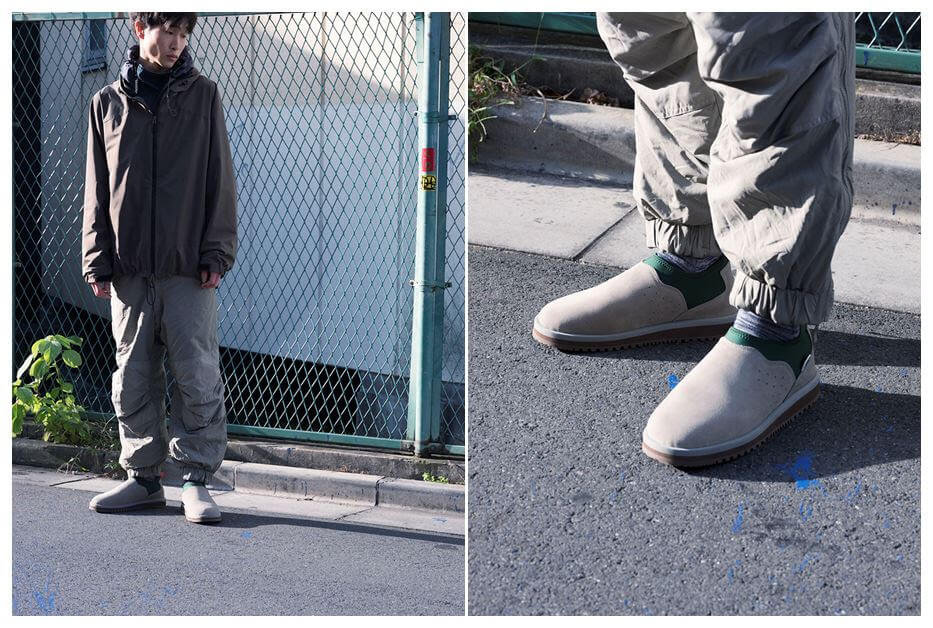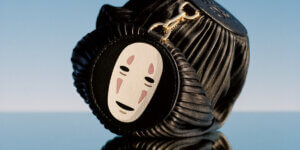Ever Thought Mushrooms Would Make it This Far?
No, until luxury brands form partnerships with material innovation companies and embrace the power of bioengineering, the true potential of mycelium derivatives in garment production will remain untapped.
Over the past couple of years, mycelium derivatives have been making waves in headlines, and for good reason. At this point, two things have become clear to most of us: our limited knowledge about fungi and the immense capabilities of fungal colonies, which far exceed our imaginations. Mycelium, the intricate network that connects these colonies, serves a multitude of purposes: healing, nurturing, decomposing, and now, dressing. In other words, mycelium’s properties can be harnessed for various environmentally-friendly applications.



While mycelium’s potential is still being explored, we have yet to witness its widespread use in our daily lives, despite the wonder it has generated. However, change is underway. Mycelium is steadily gaining ground, and luxury companies are stepping up to finance its ascension, undoubtedly eyeing the returns it promises. One of the most notable uses of mycelium in the fashion industry is its transformation into a leather alternative. Many fashion houses now proclaim the striking resemblance of mycelium-based leather to animal leather, offering a viable solution to the environmental and ethical dilemmas associated with traditional leather sourcing.
Balenciaga, for instance, proudly touts its textile innovation called Ephea, a mycelium-based leather alternative developed in collaboration with Sqim. Ephea made its grand debut as a coat in the AW22 collection, capturing attention amidst the fervor surrounding the brand’s stormy fashion show. This diversionary tactic, however, overshadowed the groundbreaking material innovation that had been brewing behind closed doors.
Balenciaga’s bold step of commercializing this type of material has paved the way for its availability in select pieces at their stores. Simultaneously, material developer extraordinaire, Bolt Threads, is accelerating the transition to sustainable textiles for other brands under the Kering umbrella. This move is particularly significant given the luxury group’s decision to ban fur two years ago. Bolt Threads’ patented mycelium leather, known as Mylo, has become the go-to choice for Stella McCartney’s handbags since 2021. This not only demonstrates the scalability of the material but also highlights the need for further material research. McCartney emphasizes this point on their website, stating, “Mushrooms do not receive the attention they deserve, largely because many do not understand them or are afraid of them.”
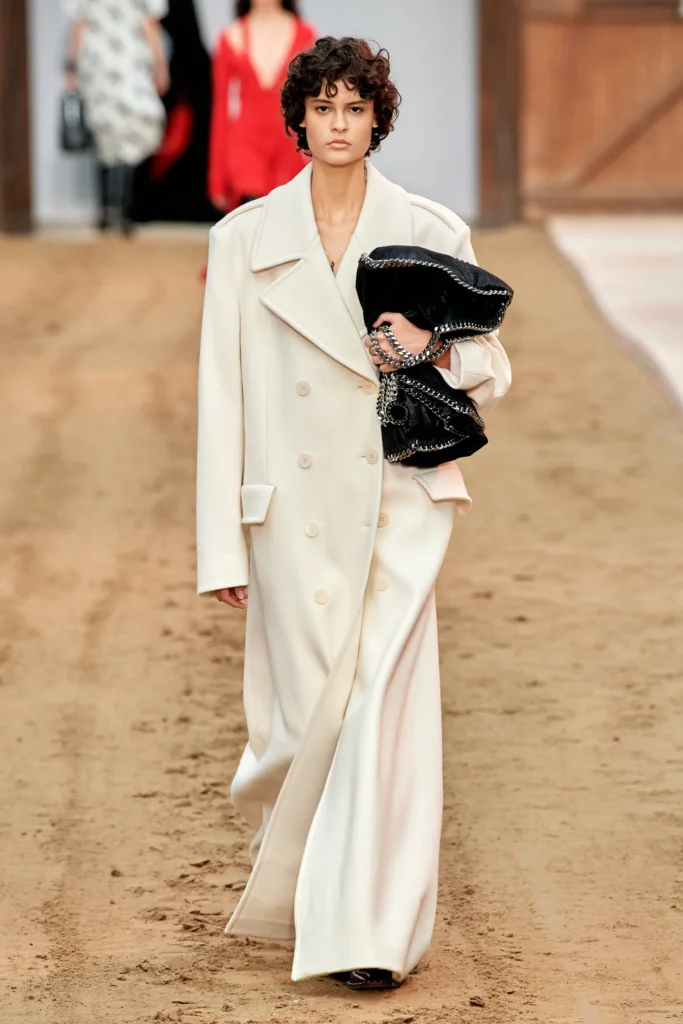
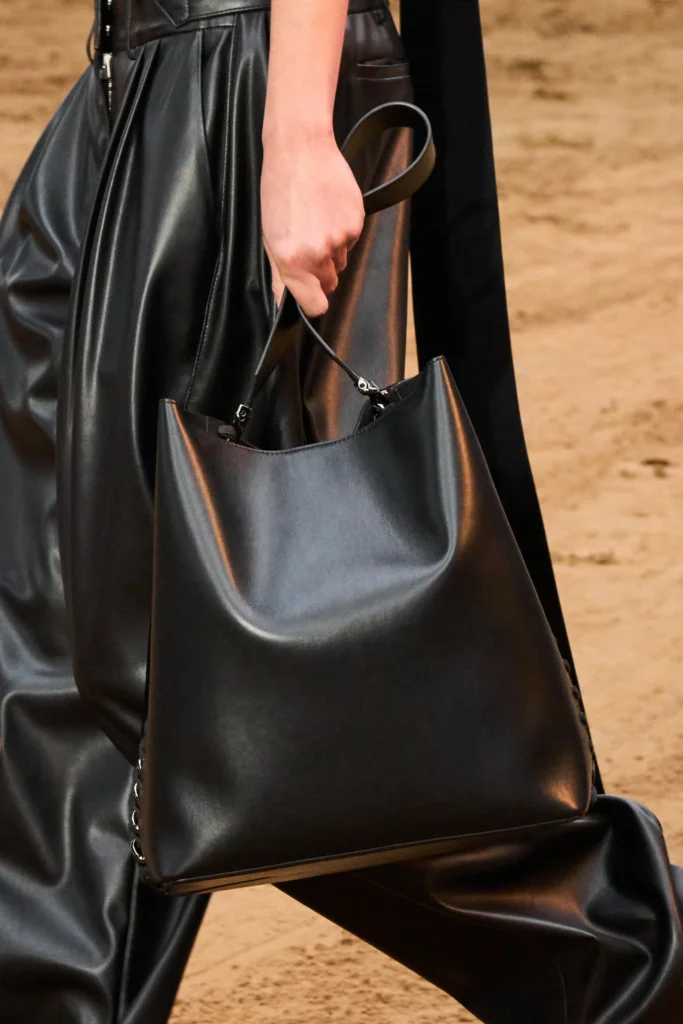
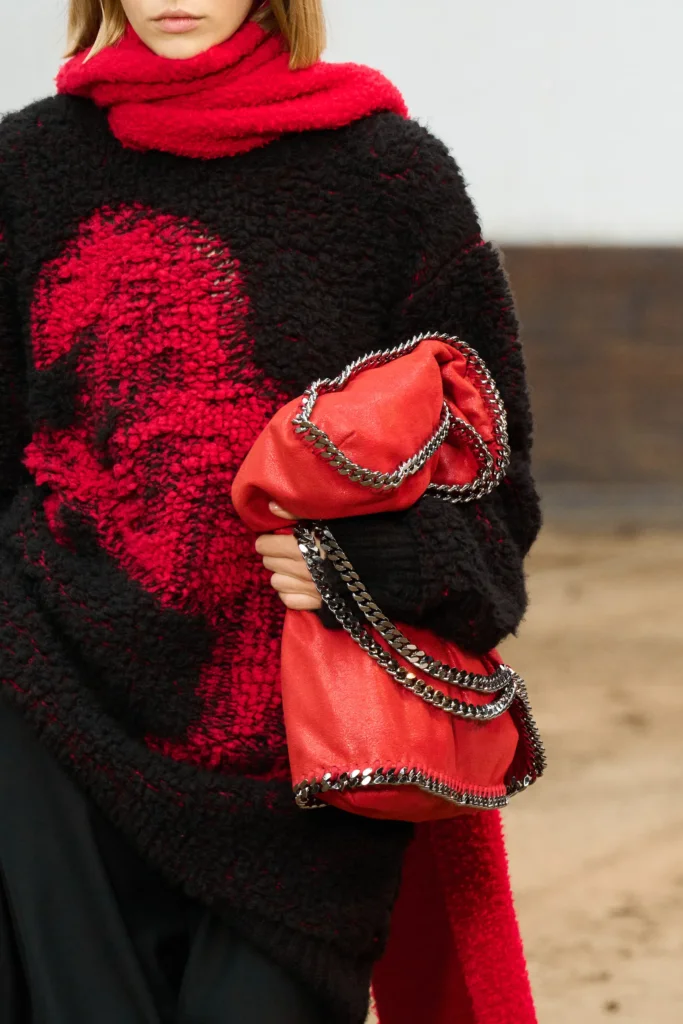
Several factors contribute to the current prominence of mycelium leather as a leading material innovation. Its rapid growth, taking mere days to cultivate, and its renewable nature set it apart from traditional animal leather. The foamy layers of cellulose found in mycelium mimic the microstructure of collagen, a feat that synthetic alternatives have struggled to replicate. Moreover, the manufacturing process of mycelium leather requires less water compared to animal leather processing and offers a solution that avoids deforestation, greenhouse emissions, and the cruelty associated with livestock farming. Moving towards lab-grown products may evoke uncertainty in some, as McCartney acknowledges, but the potential benefits of biodesign are too significant to ignore.








